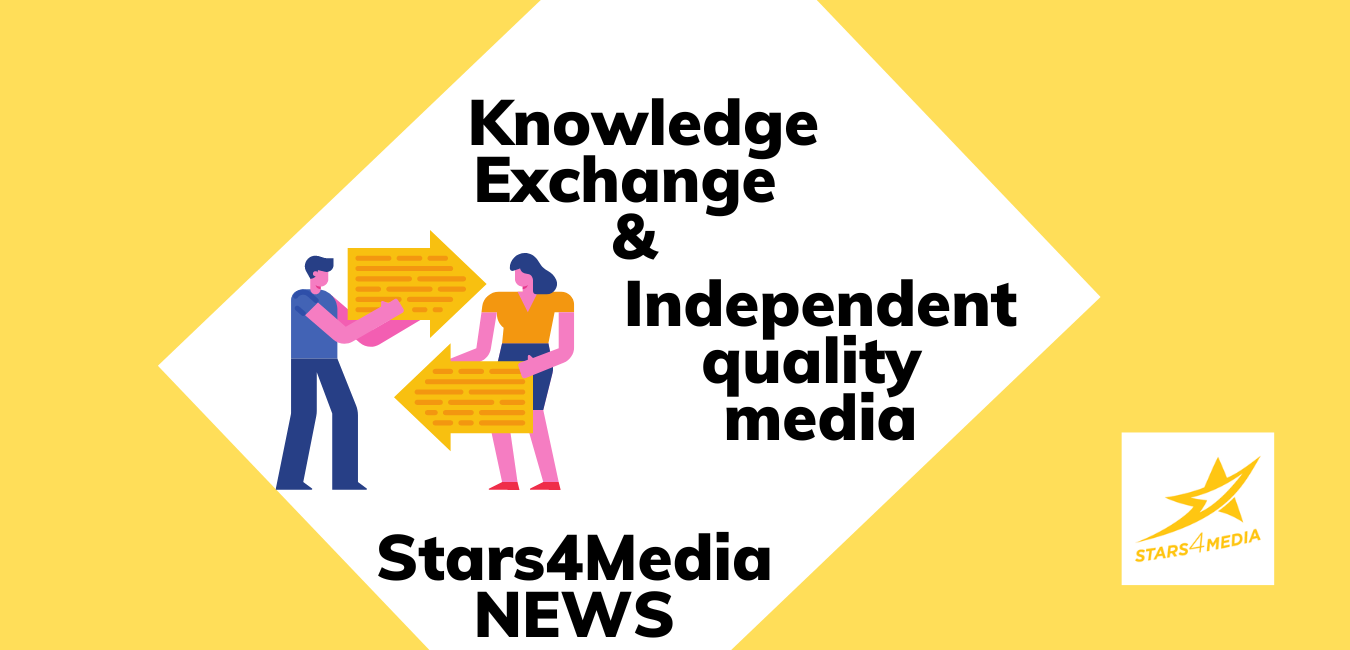After Revenue Diversification and Digital Transformation, in this week’s story Stars4Media looks at how the knowledge exchange can support independent quality media. The two projects interviewed by the Stars4Media Team belong to the Stars4Meda NEWS Newsroom Transformation track. These projects aim at partial or total transformation of the newsroom, with an impact specifically on the functioning and organization of the editorial and news content production.
‘Real-time news coverage planning’ is a project by the Finnish News Agency’s Suomen Tietotoimisto (STT) and Europe’s largest developer of open source tools for news media , Sourcefabric z.u., based in Prague. “Real-time news coverage planning will open a window to our news agency”, says Maija Paikkala from the STT
Until now, the Finnish News Agency STT has mostly been working behind a brick wall and clients have had only a small view of what is happening in the newsroom. With a new webportal, clients will see what topics STT has taken on, what kind of articles are written and when they are expected. ‘Clients can plan their resources accordingly and be ready to use the news agency content when it arrives instead of sitting and waiting for it’ explains Maija further, continuing ‘New web portal is needed to present the information, but the biggest change happens in the newsroom. There needs to be changes in the workflow and mindset. Journalist’s work will become transparent.”
European Cities Investigative Journalism Accelerator is a project by leading German media Tagesspiegel and Arena for Journalism in Europe from the Netherlands.
In the words of Hendrik Lehmann and Gaby Khazalová “The challenges metropolitan areas in Europe face today are largely the same, whether it’s housing, traffic congestion, crime, or climate change adaptation. If European media join forces to research these topics they can both increase efficiency and output – while simultaneously reaching outstanding journalistic quality. To achieve that, we focus on clever logistics and on technology.
In their “Virtual European Newsroom”, the two teams are developing new technology to collaborate, sharing researched data visualization across languages, ultimately facilitating shared reporting and easier syndication across all partners.
‘Next to technology and efficiency, our main strengths are diversity and people’, say Hendrik and Gaby. “Consisting of larger as well as smaller newsrooms, for-profit as well as non-profit and public media organizations, the network is already proving the benefits of variety in methods, resources and personal experience of more than twelve newsrooms around Europe.”
Make sure to follow us on Twitter and Instagram to learn more about our beneficiaries and – why not – join our LinkedIn Community?

